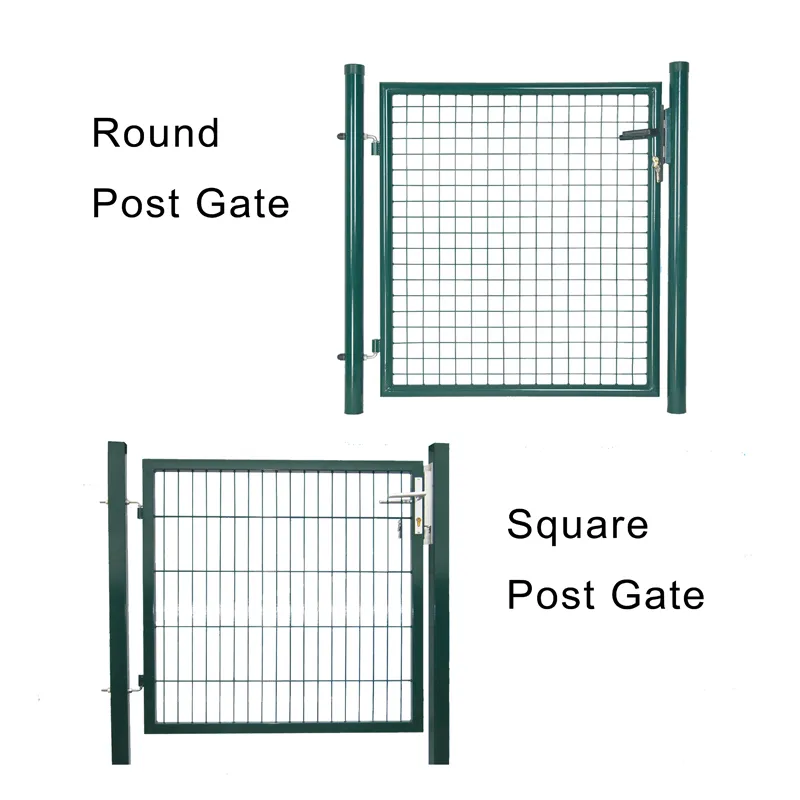Setting Fence Posts on Uneven Ground A Practical Guide
Setting fence posts is a crucial step in building a sturdy fence, but it can become challenging when dealing with uneven ground. Whether you’re enclosing a garden, creating a boundary for livestock, or enhancing your property’s privacy, mastering the technique of installing fence posts on uneven terrain can ensure a lasting and aesthetically pleasing result.
Assessing the Ground
Before you begin, take the time to assess your land. Walk the perimeter where you plan to install the fence and identify the varying elevations and slopes. Use a level to measure the high and low points, which will help you determine how to position your posts. Mapping this out can save you time and effort later.
Choosing the Right Materials
The materials you choose can significantly impact the stability of your fence. Pressure-treated wood is preferable for posts, as it is durable and resistant to rot. Alternatively, steel or vinyl posts can offer additional strength and longevity. For uneven terrain, it’s vital to select materials that can adapt to the ground’s contours.
Digging Holes
Once you have your materials ready, it’s time to dig the post holes. The depth of the holes should generally be one-third of the total post length. For uneven ground, it may be necessary to create holes of variable depths. Use a post hole digger to ensure each hole is deep enough to provide adequate support, and be mindful of soil stability.
setting fence post on uneven ground

Setting the Posts
Setting the posts involves more than just dropping them into the ground. Begin by placing the first post in the appropriate hole and utilize a level to ensure it stands straight. For areas where the ground is lower, consider using gravel for added support. Pour gravel around the post, and compact it firmly to hold the post in place.
For sloped areas, you can opt for the step method. This involves cutting the bottom of the posts at an angle so they sit flush with the slope. Make sure to set the posts at consistent heights or use horizontal rails across posts to create even lines.
Adjusting as Needed
As you continue setting more posts, it’s essential to frequently check that they align properly. If certain posts are too high or low, you may need to adjust them before the concrete or soil solidifies. This will ensure a uniform fence line.
Finishing Touches
After all the posts are set, you can pour concrete for additional support, especially in areas with loose soil. Finally, allow the concrete to cure for at least 24 hours before attaching the fencing material. This step ensures that your fence is both stable and secure, even on uneven ground.
In conclusion, while setting fence posts on uneven ground presents unique challenges, careful planning, and execution can lead to a well-installed, durable fence. With the right tools and techniques, you can achieve a professional-looking result that enhances your property’s definition and security.
















